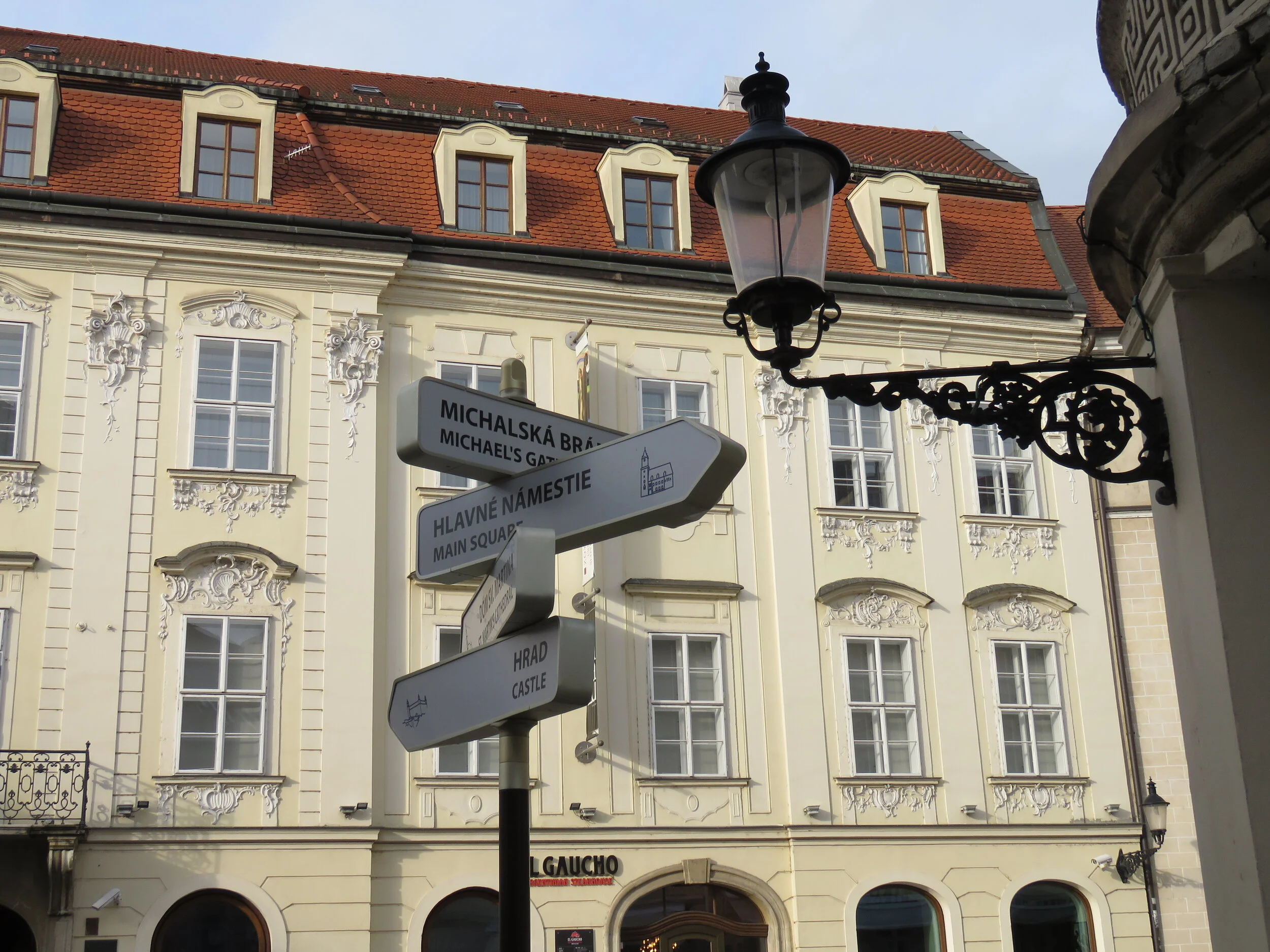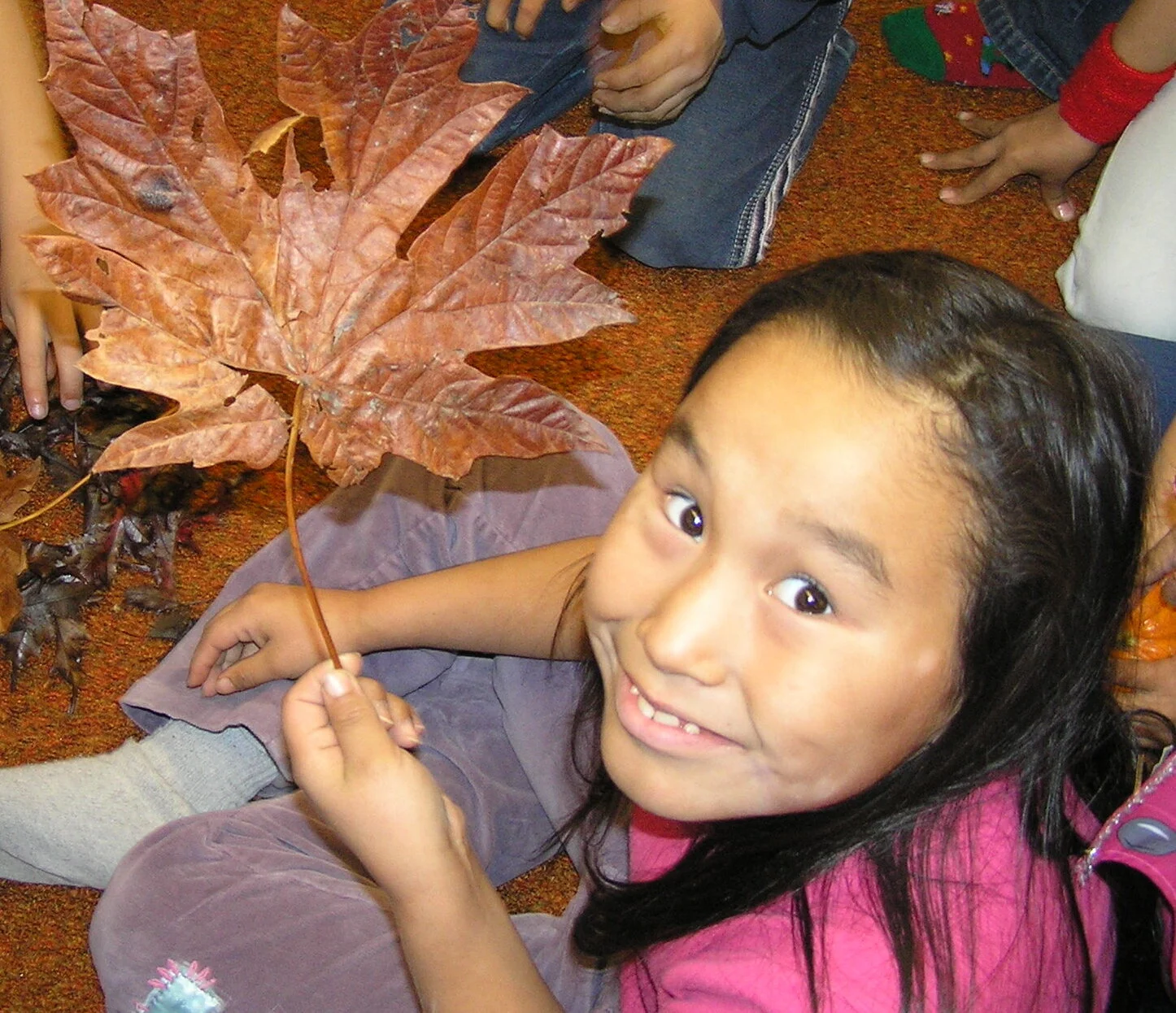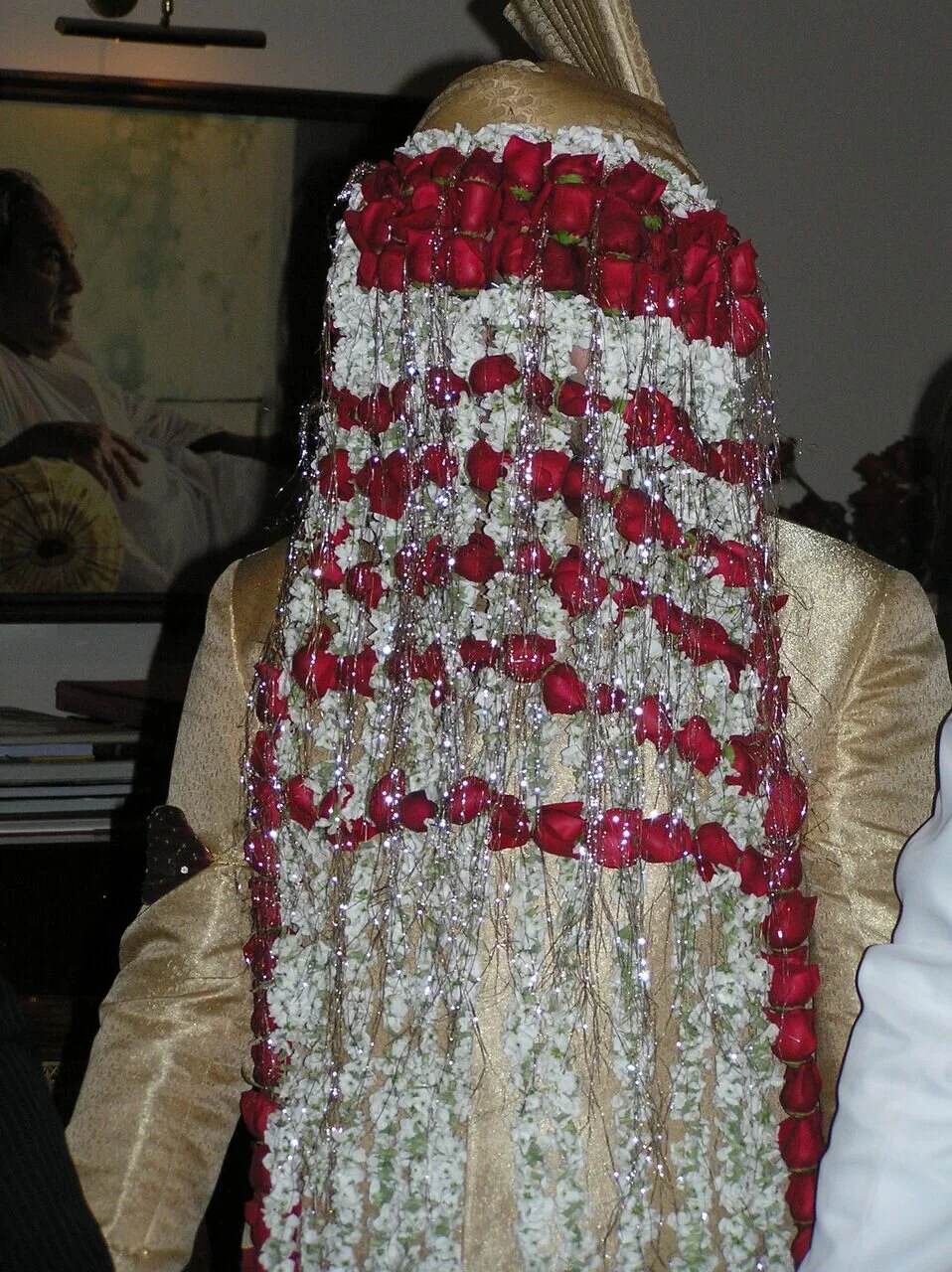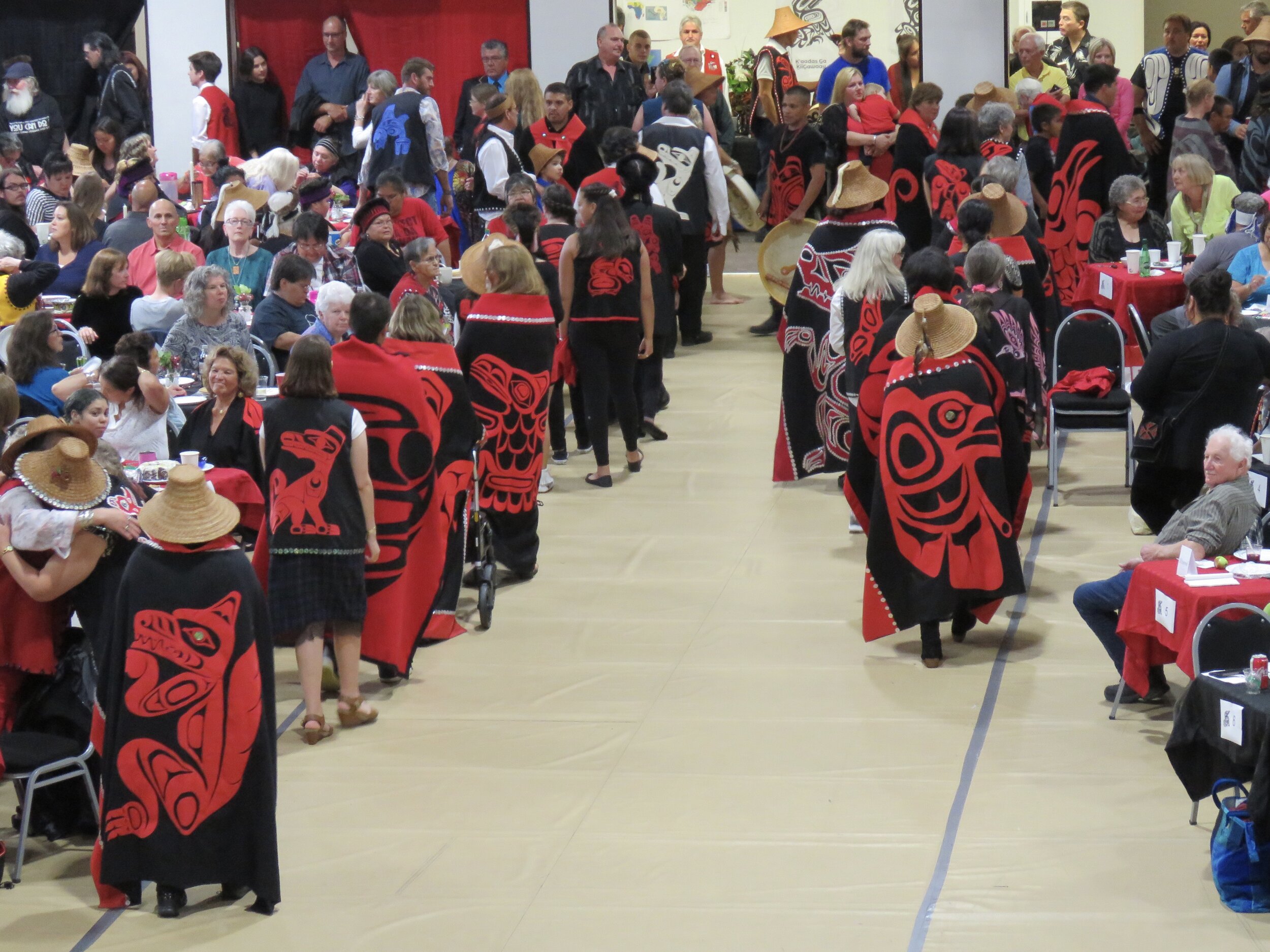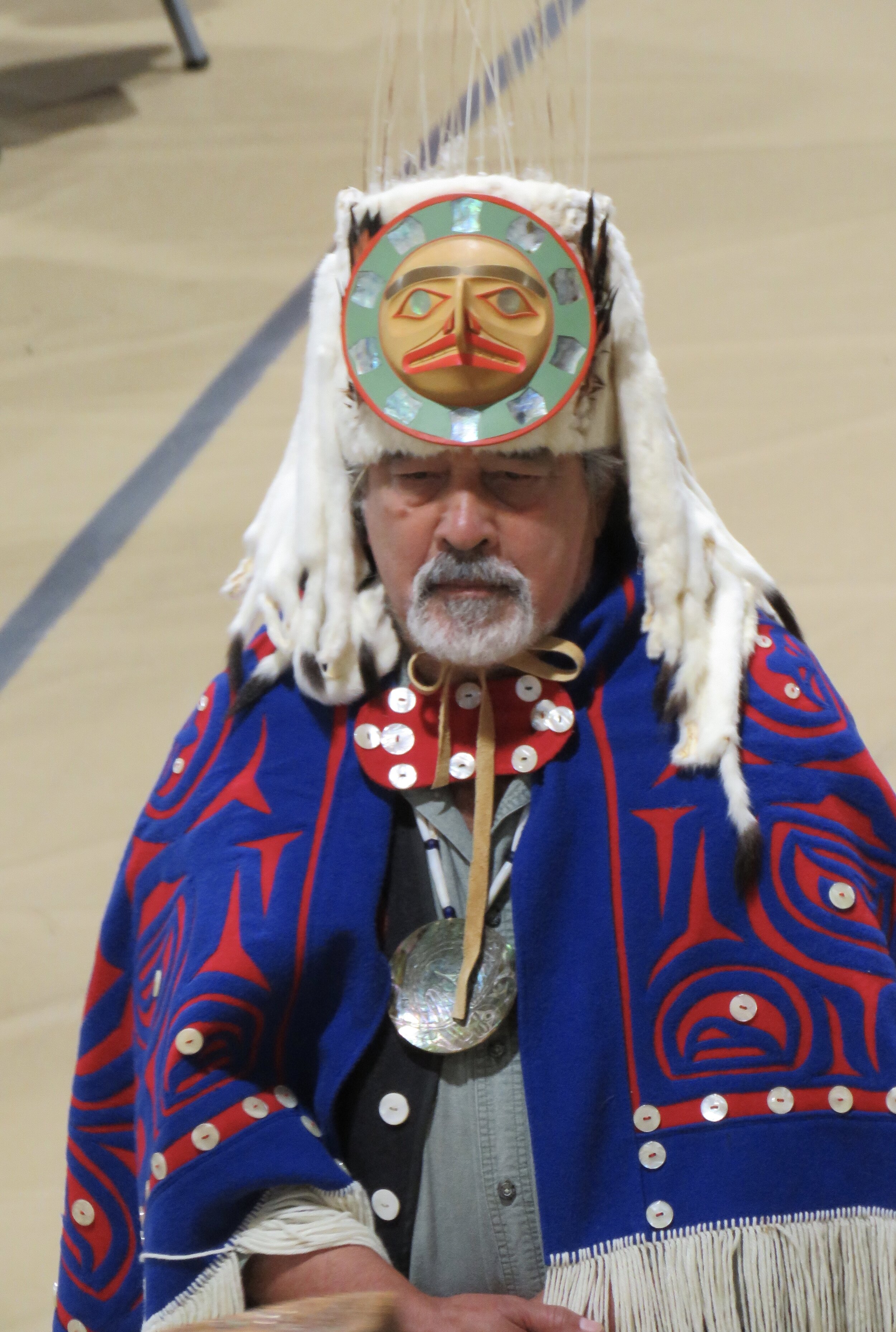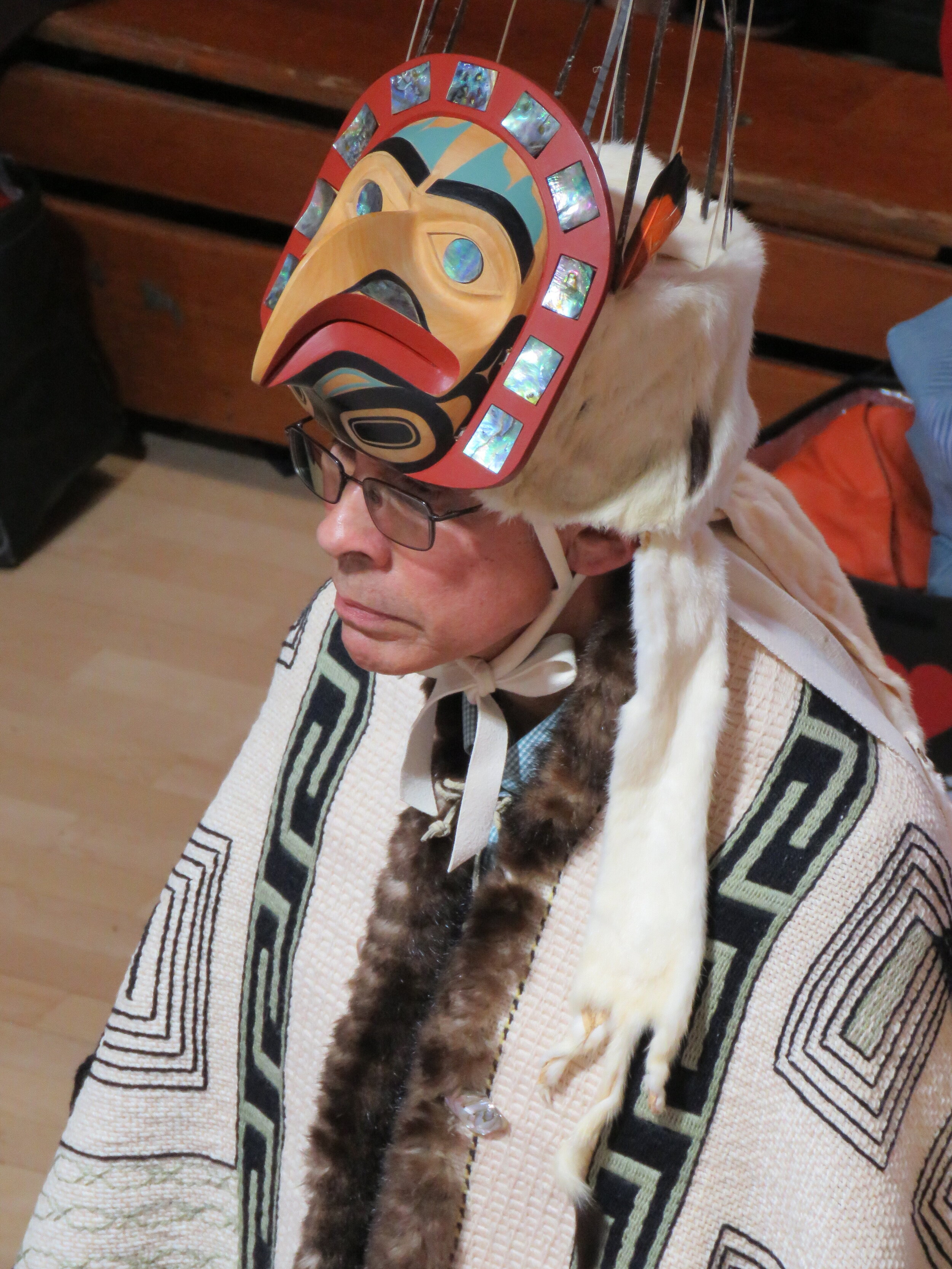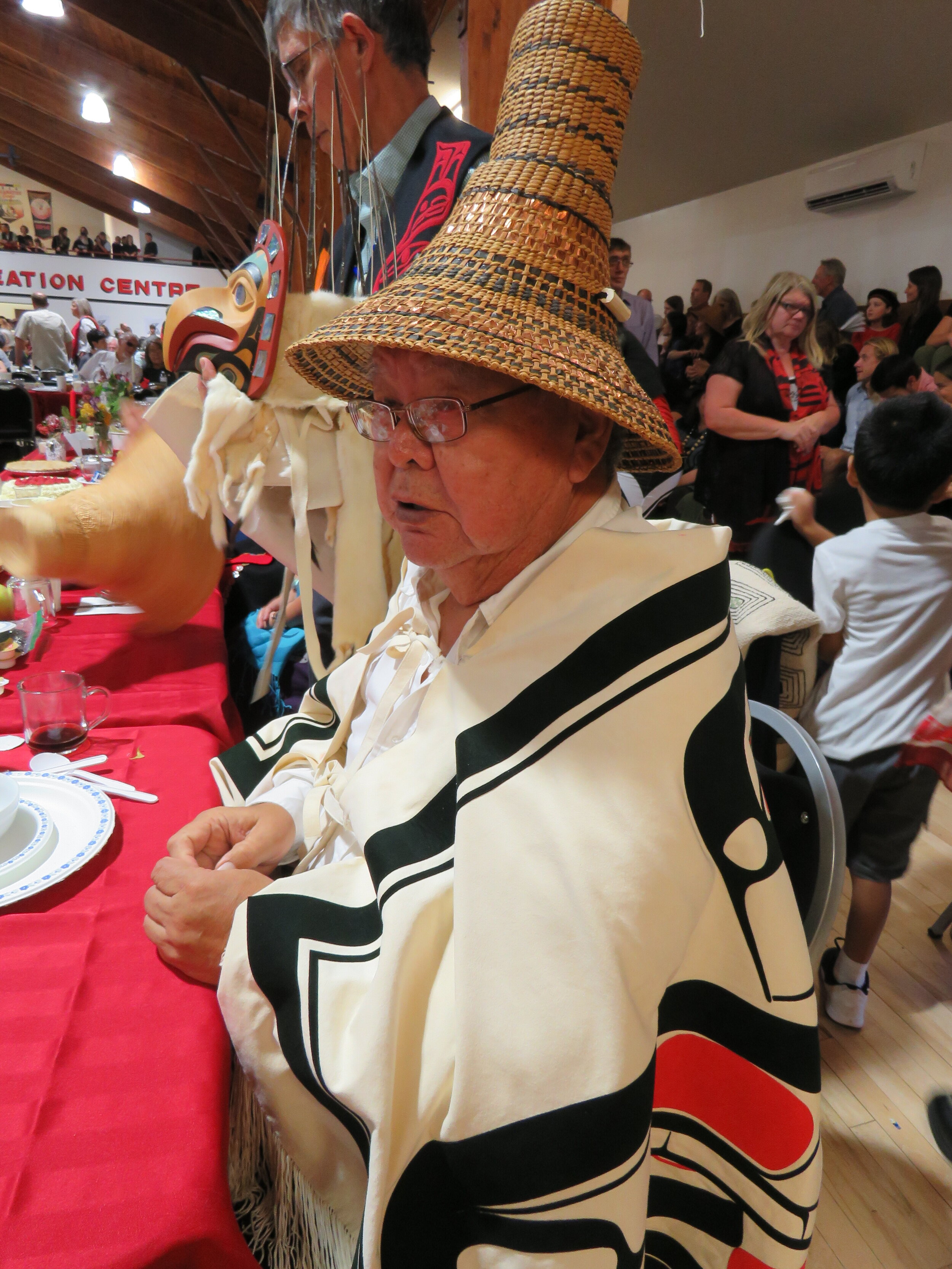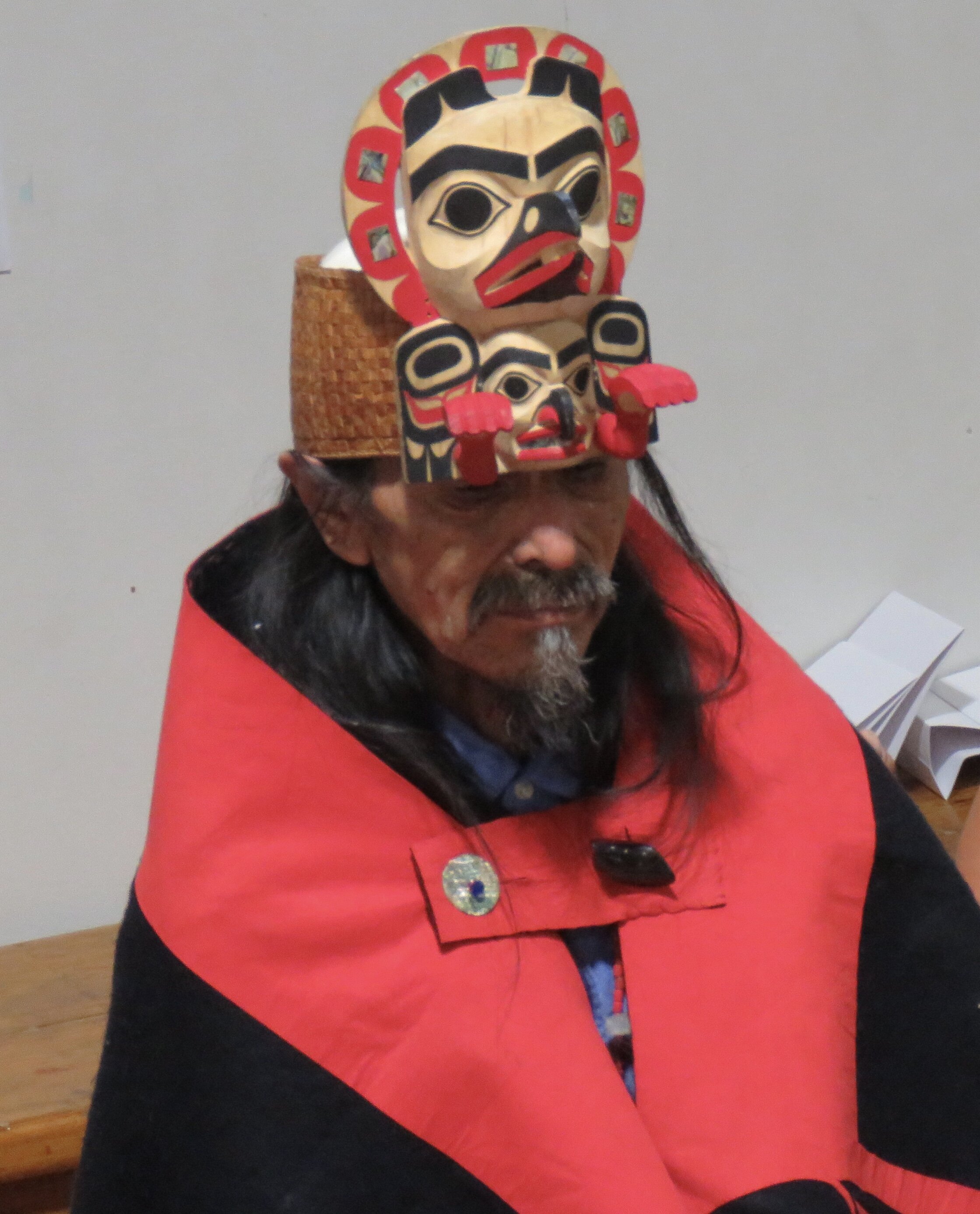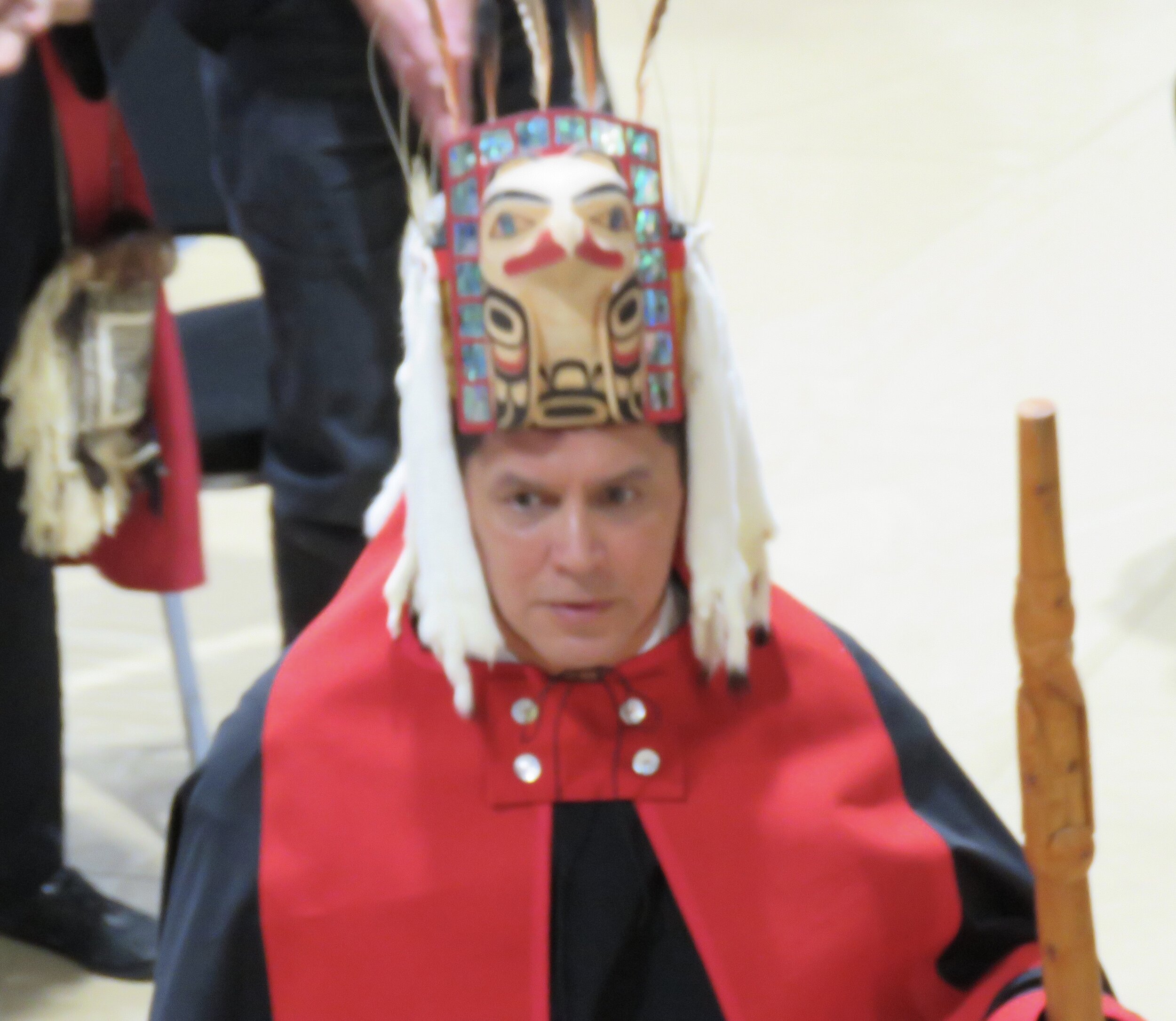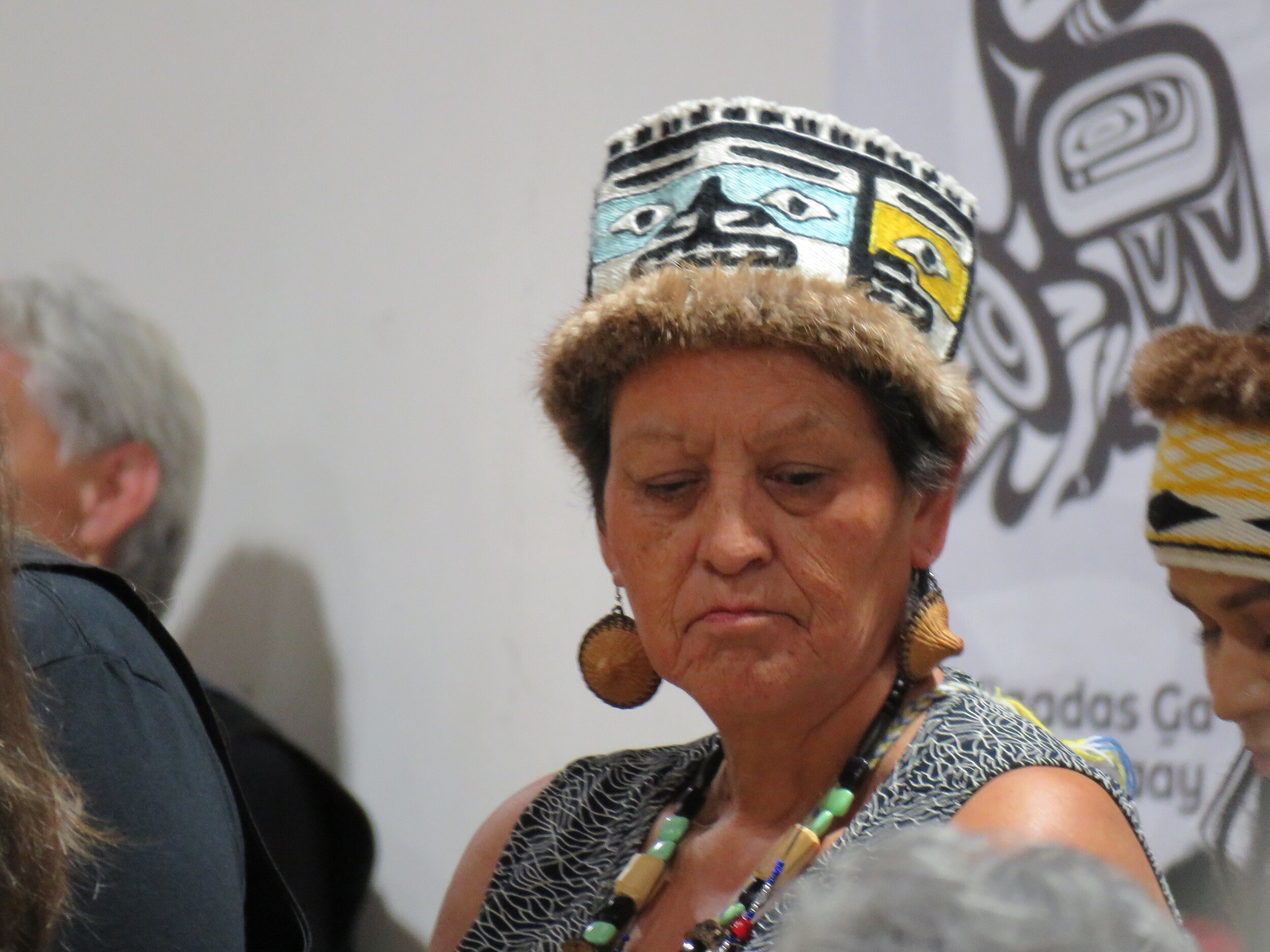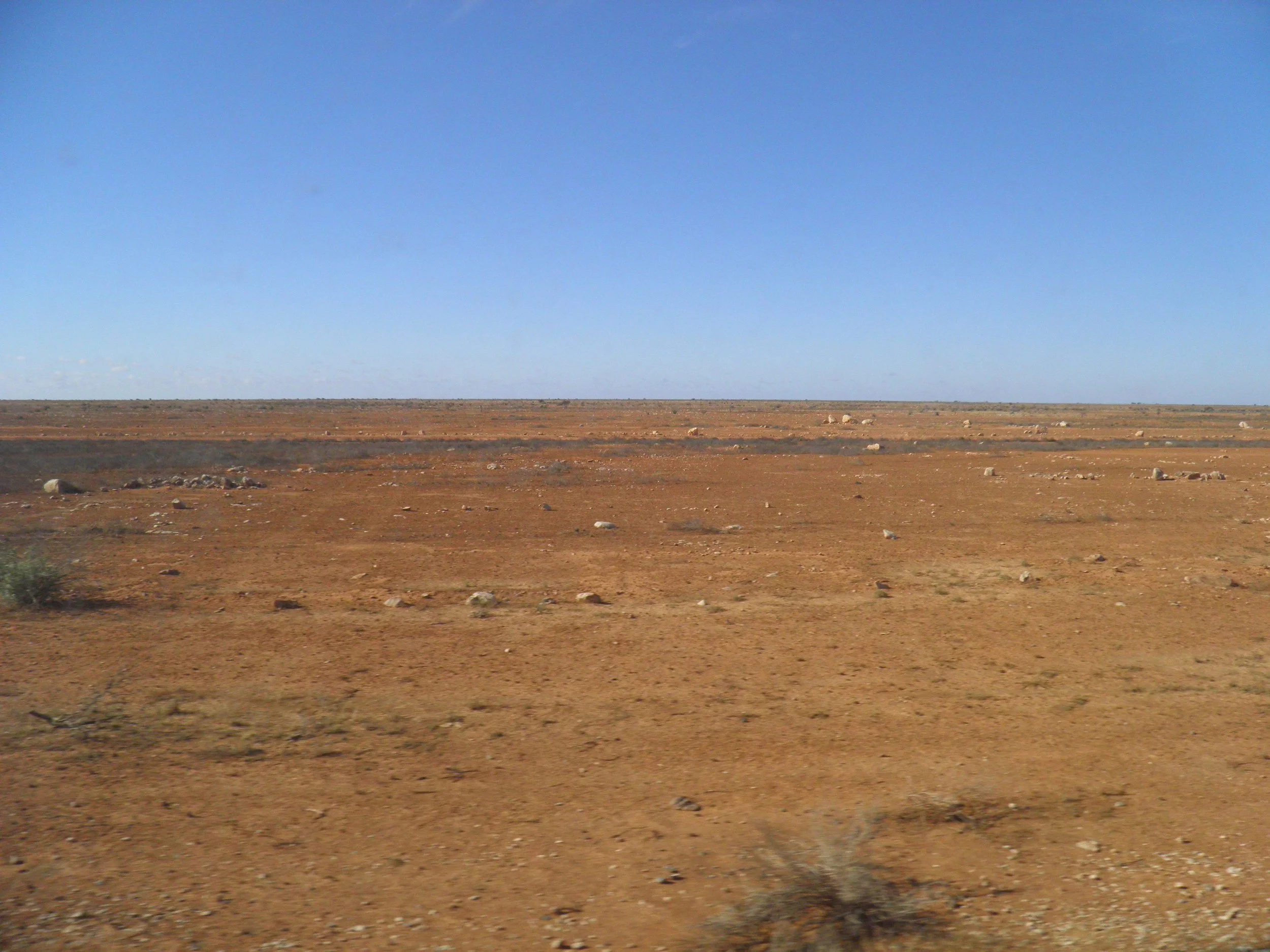Every time I travel to a new place, I am amazed at the things I learn. For instance, did you know that Ethiopia has its very own calendar? And even its own time that is totally different from the rest of the world? I will also show you how coffee is made in Ethiopia - the country where coffee was ‘invented’.
Addis Ababa: a Feast for the Senses
Several international schools in different African countries invited me to come. The librarians and I managed to plan a schedule that worked for the schools and for travel logistics across Africa. Besides working in the schools, I was very much looking forward to seeing a bit of Ethiopia. I knew I would have adventures and learn new things. I didn’t know just how much I didn’t know about this fascinating, unusual country.
Hiking The Dutch Camino: The Pieterpad
Spain has its Camino de Santiago. Canada has the Trans-Canada Trail. Peru boasts the Inca Trail. The Netherlands has the Pieterpad.
Many of our trips focus on hiking. Kees is the true long-distance hiker in this family, thriving on long days on a trail and a pack on his back. He walked the Camino de Santiago in Spain twice. In this post we’ll share with you one of his favourite long distance trails: the path of St. Peter, or ‘Pieterspad’ in Dutch.
Qatar: Bedouins in BMW's
Qatar - a country where falcons have their own passports, buildings are works of art and more than 90% of the population is foreign. As with all of my travel stories, I do not pretend to truly know Qatar after only visiting here for 2 weeks. My stories are merely aimed at sharing my personal experience. I just hope I don’t get too much wrong, but let me show you dazzling Doha the way I saw it…
Slow Train to Slovakia
How do you get to Slovakia? We were already so close, in Switzerland. But we discovered that to get to Bratislava, we’d have to spend a fortune and fly via Dubai…. So we ended up flying to Vienna instead, which was cheap and easy. I’ve always wanted to see Vienna but , unfortunately, there was no time. From Vienna, we took a bus to Bratislava, we walked the countryside and ate traditional food.
I Looked Over Jordan and What Did I See?
Before traveling to Petra in Jordan, I had read about Nabataeans living here more than 2,000 years ago. How they carved facades of buildings out of the rocks in which they made their homes. About how Romans eventually conquered them by cutting off their ingenious water supply systems. I had seen pictures of the red rock carvings. I knew that the Siq, the long steep gorge leading to the site, was over a kilometer long.
But indeed nothing prepared me for that first sight of ancient Petra. It truly did take my breath away and left me all choked up.
Nunavut, A Special Place
“I flew in a tiny 4 seater plane to the village Kimmirut on Baffin Island. This was a regular line flight but when the pilot heard that this was my first visit to Baffin Island, he enthusiastically called, “Let’s go looking for polar bears!” and followed the ice and tracks in hopes of spotting one from the air. When the airplane buzzed the school, the principal knew it was time to pick up the visiting author and jumped on his snowmobile.”
A Wedding in Pakistan
While spending time in Pakistan, I was able to attend five days of wedding ceremonies, had my hands painted with henna, ate the most unusual foods, danced and chatted with many interesting people. Was it an arranged wedding or not? What happened to all the money that was given? Here’s the story of that fairy tale wedding.
ALIF LAILA - Stories from 1001 Nights
If reading printed matter is not a tradition in your culture, how can you address literacy and promote reading among children? Alif Laila runs after school programs, offers girls a chance to learn computer skills, runs Hobby Clubs and is now expanding to include mobile libraries. Ricksaws, busses and even camels bring books to children across Pakistan, children who love to learn about other cultures and much as I loved meeting them.
Enchanting Pakistan
"You are not really going to Pakistan alone? As a woman?" that was the reaction of many when I decided to visit Pakistan. I am writer. And a lovely fellow writer invited me to her country, her home, to be part of her family for a while. We “met” while doing research for a book. She was kind and helpful. And she, too, was a booklover, a teacher. What an opportunity to see a new part of the world.
Mongolia: Into the Gobi With Books
Austria: Where History Lives
Between Lexus and Camels: this is Kazakhstan.
Sauntering and Hiking in Colombia
Potlatch on Haida Gwaii
Potlatch: a party or celebration; among American Indians of the northern Pacific coast, a ceremonial festival at which gifts are bestowed on the guests in a show of wealth that the guests later attempt to surpass.
Having lived in the Yukon I had seen a fair bit of First Nations customs, including button blankets, dances, drumming and celebrations. But once in my life I wanted to experience or, as it is called, to witness a true potlatch.
Thanks to friends in Haida Gwaii, a remote island in northern BC just south of Alaska, I was invited to a potlatch that would celebrate a new chief. The event was held in the village of Skidegate, Haida Gwaii in a hall about the size of a gymnasium.
Along the way I was on a steep learning curve about traditions and about local politics and customs. This was a rare occasion where the sitting chief was ‘dethroned’ by this matriarchal society because the community did not believe that the chief had represented them in the correct ways and may have shown corrupt behaviour in relation to working with Enbridge, an oil company, while the majority of people here do not want a pipe line.
Selecting a new chief had taken several years and painful proceedings. Even now, as the community was ready to celebrate, the family of the ousted chief had the right to be heard first. They spoke at length about the difficult situation and the pain it caused.
As family members finished voicing their concerns, they were respectfully listened to by the entire community, after which they turned their blankets and vests inside out to leave the hall in a way that resembled a funeral.
But then the festivities were ready to start. Some 400 people witnessed this potlatch. We were all seated at long tables laden with pies, plates and cutlery. First the room was cleansed through a smudging ceremony at which smoke was danced through the hall to clear the bad words and feelings.
The new chief, surrounded by close family, made his entrance wearing a regular shirt, jeans and mukluks. Then the women closest to him, perhaps his mother or aunties, took newly designed Haida vest and blanket and held them up for all to see. They dressed him, finishing with the carved wooden headgear framed by ermine skins. The top of the headgear was filled with eagle down. When I searched for the significance of this I found the following explanation:
The Haida Peace and Welcome Dance is a traditional dance performed by hereditary chiefs at a Haida potlatch. The welcoming chief wears a robe or colorful button blanket displaying his family crest. Eagle down held in the crown of the eagle frontlet headdress, which is adorned with trailing ermine fur and inlaid abalone shell, is shaken out to float gracefully in a cloud around the dancer during his performance. The eagle down signifies peace and is considered a gesture of welcome from the Haida to their guests. The guest chief would often perform a similar dance in response. If the dances were held inside the Longhouse, the light from the central fire would reflect and flicker on the inlaid abalone shell in the eagle frontlet headdress.’
And indeed, when the chief was fully dressed, he was given his new name and had to ‘dance in’ his name. In doing so, he bowed his head to all of the visiting hereditary chiefs, scattering eagle down as he danced. These chiefs represented other clans, villages and islands.
Many of the chiefs, all dressed in blankets and headgear specific to their clan, spoke. Many of them addressed the sadness of the fact that a chief had to be ousted but their pleasure with the new chief.
And then they danced. The Eagle Dance was my favourite, with dancers soaring on wide spread ‘wings’ and thrill eagle cries filling the hall to the rafters.
All of this took many hours. In the meanwhile we ate. I am told it takes two years to prepare for a potlatch of this magnitude: fishing, growing vegetables, picking berries, baking breads and pies. There was halibut and smoked salmon, herring roe on seaweed, venison stew, clam cakes, octopus fritters and blueberry pie.
We listened to speeches and watched dancing and drumming for hours, yet the time flew by. I loved seeing all generations come together to celebrate. There were new born babes in arms as their mothers danced, and elders being helped by teenagers.
Seeing the multitude of regalia - blankets, ermine, abalone lined masks, woven cedar bark hats, carved ceremonial sticks - was like watching a display in the museum of anthropology come to life. I found it thrilling to witness since I had read many books about potlatches being forbidden by colonial governments as late as the 1950’s. I am so glad that traditions, language and customs of these regal coast Salish people have survived. And so grateful to my friends on Haida Gwaii for allowing me to witness this spectacular event. Haw’aa, haw’aa, thank you.
PLEASE NOTE: all images are copyrighted.
For books about Haida Gwaii, click here, then scroll to Canada.
Australia 20: The Mona - What Is Art?
The Mona
Tasmania’s number one tourist attraction used to be Port Arthur, the convict colony where ruins of prisons tell the story of its gruesome settlement. Now, Tassie’s prime attraction is a museum built by a man with a lot of money made through gambling, a man who wanted to prove something to the world.
The publicity surrounding the opening of David Walsh's pet project, MONA (Museum of Old ad New Art) has made ripples around the world. The unique characteristics of the location, buildings and exhibits continued to please tens of thousands of visitors every month, making it the most visited single attraction in Tasmania. MONA has encouraged people to visit Hobart, who would ordinarily never have contemplated it. Lonely Planet named it the top attraction.
And so we felt compelled to see it, even though we are not ‘into’ art and certain don’t love contemporary art. The least I can say is ‘MONA is unique and thought provoking’. The overall experience of a visit is interesting. I admired the architecture, the way the building unfolds and embraces the natural landscape is a piece of art in its own right.
As far as the art inside is concerned - well, I did not care for any of it. Weird. Outlandish. Bizarre. After a while I felt like I was on drugs.
Each visitor is given an iPhone with a menu that highlights and complements each piece of ‘art’. You can listen to the artist’s musings, read the ‘idea behind the piece’ or a bio. The iPhone will give details on which ever piece you approach and is interactive. You can even save your tour, email it to yourself and continue reading about each piece when you get home. Cool use of technology.
Art includes a handful of ancient Egyptian artifacts but mostly outlandish modern pieces, like a room full of TV’s blaring different channels. I’m sure there’s some socio-economic level of interest to it, but it’s kind of lost on me. There was an entire office with only blank white paper displayed…
A wall full of bees: each one suspended from a thread on the ceiling, creating a 3D piece. Provocative paintings. A video of people crossing a street. A room simulating the inside of a computer. Two brooms on a wall. OK.
A few humorous touches kept us on edge. The museum owner’s parking spot is identified as ‘God’s parking spot’. He must have a sense of humor. I hope. But mostly he must have a lot of money. Personally, I think there are better ways to put that money to use than to spend it on a trampoline with buddhist bells underneath or a blank library, a room entirely filled with blank white books.
Do I think it’s worth a visit? I’m not sure. In a way it was a waste of time and money. On the other hand, it got me thinking. What is art?
And perhaps that was the only motivation that drove David Walsh to build MONA...
“As a boy I had limited access to the great repositories
of artefact but I, like most of us, held a library card.
A real treasure. If a museum is a cultural gemstone
then a book is cultural Lego.”
-David Walsh
And then our three months down-under were over. We finished off with a grand finale: the Seekers’ farewell concert in Hobart. So long, Australia, we’ll be back some time.
Australia 19: Into Tasmania
Tasmania. It always was such an intriguing name... I learned about it in school. Named for the Dutch explorer and sailor Abel Tasman, this island always conjured up images of steep, dark jungle for me. After completing our three months long amazing-race-Australia we flew to Hobart, Tasmania for our final week in Australia.
Australia 18: Across The Nullabor
When we planned our Great Australian Adventure, we had many choices to make. How to travel, what to see. We decided that a camper was the most economical way, and it would give us relative freedom to go when and where we wanted. We knew we wanted to hike a bit somewhere and chose the southern cape area to do so once we dropped off the camper…
Australia 17: Walking the West Coast
C2C trail
Kees is the die-hard long distance hiker of the two of us. He continued with the Coast to Coast trail after I took a break. He stumbled in after an even tougher day on the trail than the first two. He really pushed himself to the limit but did another 22 KM. The sport college he attended in his younger days, made him quite competitive…
We stayed in a lovely condo on Prevelly Beach, it even had a washer and dryer so we managed to do our laundry. That night we had a fantastic dinner in the resort: steamed vegetables, perfect steak, roast potatoes. Dinner never tasted so good. I realize that we have not had the best “input” to get the right “output”. You are what you eat and, in Augusta, the motel provided us with some white bread, juice and jam. When we arrive there, at the end of a long hard day, everything in town had just closed. The first night we found greasy fried chicken and fries at a gas station store. The second night, a small cafe stayed open ‘late’ to make us a hamburger. Not great food to hike on. After our steak and veggies dinner I could really feel the energy coming back.
It is hard to imagine the utter isolation of this trail if you are used to European or North American hiking. Here, there is NOTHING besides nature. Once you hit the trail, you are on your own. We might see one or two people in an entire day. No villages, no cafes, not one place to sit and have a drink. There is not even a bench. When we need a break, all we can do is plop down on the track in the dirt. No tree trunk, just track and scrub. Generally there is no shade to sit in. We carry daypacks with lots and lots of water.
Gilgarra Retreat
Sometimes the track is so narrow that we scrape our legs and arms on the scrub. I try to stamp my feet in the hope that the snakes will feel us coming and disappear. It is a bit daunting to know that you are completely on your own. There is no way out other than forward. There is, mostly, no phone reception. No place to walk to in an emergency. All I do is hope that we don’t need help for there is none. Just wild bush country and us.
Day 4 saw us hike from Prevelly to Gilbarra homestead. We made it but with no energy to spare so we are both skipping day 5.
The homestead is a gorgeous acreage with a large house and outbuilding. Overhanging verandahs, roses, a pond. Our hosts made us a Thai dinner and we slept like a log. Feeling better now but glad to have a day of rest.
The next day we continue in our quest to reach Cape Naturaliste, after a beautiful breakfast of muesli, fresh fruit salad and homemade bread. It’s a treat to get breakfast like that. Usually we are the ones serving it in our own B & B. Gilgarra Retreat has its own grapefruit, lemon and orange trees. It rained a little bit last night, but this morning the sky is brilliant blue. We almost wish for clouds when hiking because the sun gets just too hot.
We hike some 17 kilometers. The trail starts out as not too bad, although some sections were so narrow that we were scraping arms and legs on the bushes. Then we hit some steep boulder sections with no visible trail, just rocks to clamber down on along sheer cliffs with the ocean below. Gorgeous views but very treacherous clambering, and not exactly hiking.
The trail.
The highlight for today came when we actually found a bench! In the shade of a melaluca grove no less. We were just unwrapping a sandwich when, right in front of us and very close by, a huge whale breached! He came down with a thunderous roar. We watched whales on and off all day. Later on, several breached again but not so close. It was an awe inspiring moment.
With sore toes and stiff limbs we are now in a lovely old hotel. Tomorrow will be our last day on this trail and we plan on touching the corner stone of Cape Naturaliste lighthouse.
...all our roads are new and strange,
And through our blood there runs
The vagabonding love of change
That drove us westward of the range
And westward of the suns.
(From The Old Australian Ways)
We both had enough. The organization of the hike we booked was perfect. The accommodations and meals were mostly perfect. The fact that our luggage was transported was wonderful. The route descriptions and everything else, were great.
The problem is the trail itself. It seems that the entire idea of a Cape to Cape hike is fairly new and still in its infancy. They’ve managed to connect a path all the way. But the trail is still very rudimentary. In a few places it is a nice hiking path, but most of it is too rough to even be called a trail. The sections of soft beach sand and crumbling dunes to climb really did us in. The scrambling over rocks, tripping over branches and boulders, just made it plain unpleasant.
Combined with relentless sun, we are zapped of energy.
Today our luggage was to be moved to a 5 star resort. We looked at each other and said “Let’s go with the luggage!” It seemed a shame to have a room in a luxury resort and not be there to enjoy it. This is why we are now in the most gorgeous bungalow, in a quiet tropical forest. Five minutes from a glorious white sand beach with turquoise waters. Best of all: a heated infinity pool. Imagine just coming here to sleep. That would be such a waste, wouldn’t it?
We decided that it really doesn’t matter that we didn’t finish the last section to the lighthouse. We had a good time, enjoyed the views, the whales, the beaches and the experience. But we recognize our limitations.
Tonight we’ll enjoy a fancy dinner. Tomorrow we’ll catch the bus back to Perth. And then, the next exciting chapter of our Aussie adventure: the Indian Pacific train across the Nullabor desert, to Adelaide and then on to Melbourne. Stay tuned for that!
C2C
For books about Australia, click here: https://www.globetrottingbooklovers.com/books
Australia 16: Cape To Cape Hike
Cape To Cape Trail
Once we approached Perth, the time had come to move out of our camper. We cleaned and packed before driving to the rental office in the city and dropping off the unit that has been our home for two months. Then we checked into The Witch’s Hat, a backpackers hostel.
I love Australia’s place names!
Our backpacks are stuffed and very heavy. Part of the problem is that we keep finding wonderful books. We bought an iPad specifically so that we could have lots of books without the weight. The problem is not so much that we don’t like reading on the iPad, it’s that we don’t come across good books online. We find them in campgrounds, in second hand book stores, on shelves in the youth hostel, etc. So they pile up.
But now it’s down to just us and our backpacks. We are embarking on a long-distance hike along the south west coast.
Leaving the hostel in Perth, we drag our luggage to the central train and bus station to catch a bus to Augusta, the southern most tip of Australia’s mainland. he bus ride takes 5 hours of driving like a bat out of hell, down narrow winding roads. I never get car sick but I did this time...
Kangaroo Paw flower
It was a short five minute haul in Augusta to our motel. We have a nice, self contained room with a kitchenette. Augusta is very blustery - a storm is howling through town right now. Getting here was a total climate change from the 30+ weather we had been having. It was 19 when we arrived.
Now we are starting our next adventure: hiking the Cape to Cape Walk, 135 km from Cape Leeuwin to Cape Naturaliste!
Check out: http://www.capetocapetrack.com.au
We booked the hike through a special agency. This way we did not have to do any of the research and accomodation bookings, figure out where to eat etc. They book everything, sent us a big book of the trail, step by step, with hotel information, dinners booked, and our luggage transported to the next place.
We are in Augusta for 3 nights so we can wash clothes, and make our own lunches here.
We started off at the Cape Leeuwin Lighthouse, by touching the corner stone. As the plaque states, the Dutch ship Leeuwin (Lioness) reached the southern most point of Australia in 1622 and the land was mapped as ‘land of the Lioness’. Having been born and raised in The Netherlands, it’s fun to see all of the Dutch connections here.
The trail today was not easy. 25 km of bushwacking, clambering over boulders, trying not to step into deep blowholes, plowing through kilometer after kilometer of soft, sloped sand on the beach. Once in a while there was a nice section which made for easier hiking. But the Pieterspad long-distance hike in The Netherlands was a piece of cake compared to this. The scenery is glorious, but a strong wind (thank goodness it was in our back) whipped up sand that pelted us.
Day 2 was more glorious scenery, great weather (hot sun and no shade anywhere!) but also more very strenuous hiking. Whenever there’s a real path in the woods, it is wonderful. But much of the time it’s heavy slogging along the beach in very soft sand that gives way with every step. Sometimes like quicksand, it pulls you down with every step. Try that for 2 hours... And then it was up the headlands, climbing quickly.
I decided that I was not enjoying this and so I am skipping Day 3. I don’t have anything to proof. by doing this hike. The option of spending the day in a resort on a glorious beach, with a pool and wifi, was just too tempting. Kees, however, is bravely trudging along. He loves the challenge.
The wildlife we see here includes kookaburras, a very large kangaroo on the trail and two very large (1.5 meters long) black snakes!





